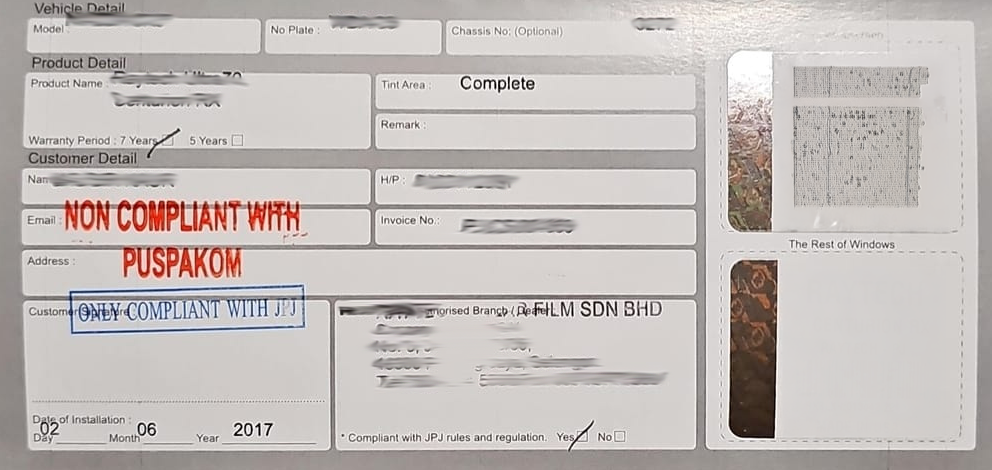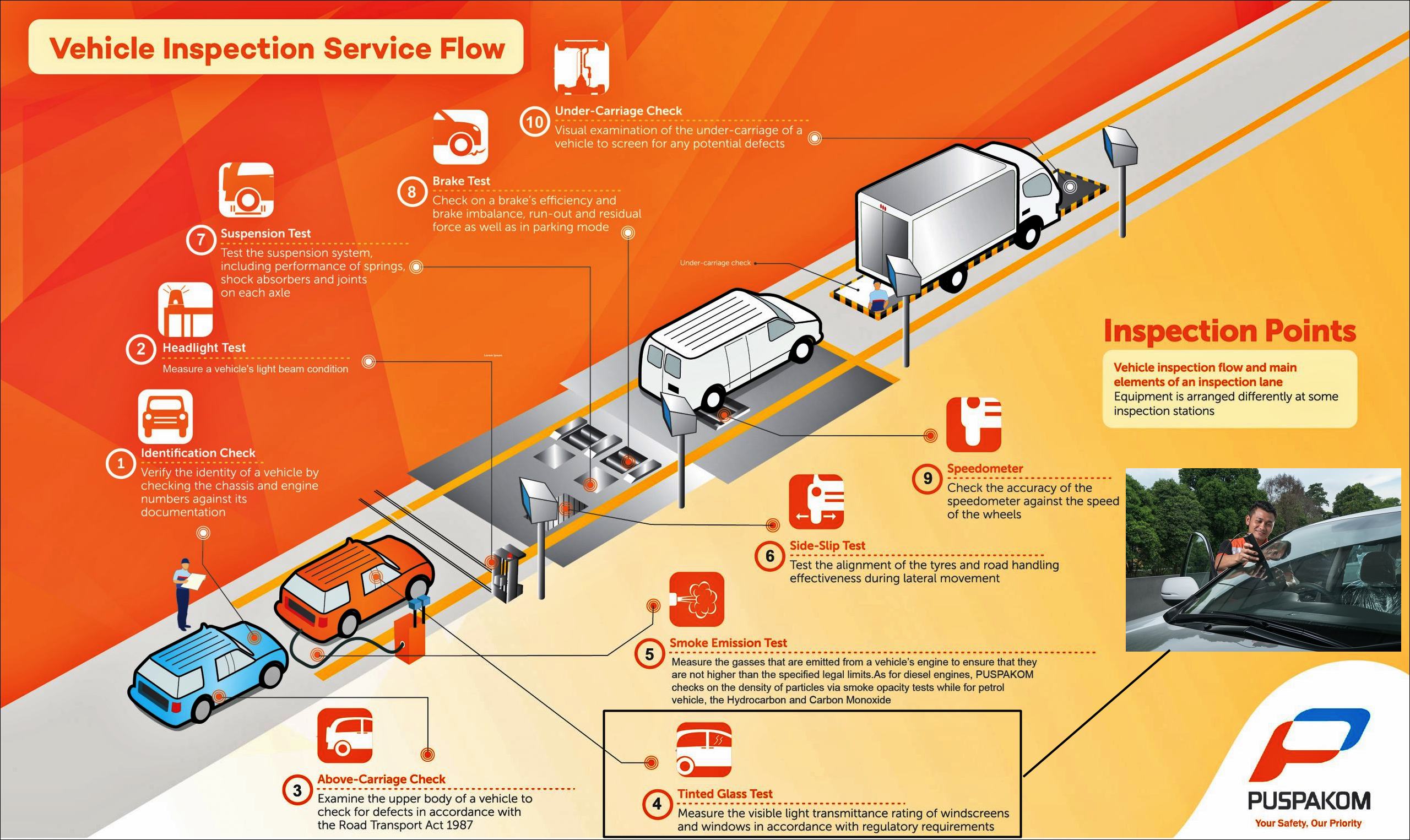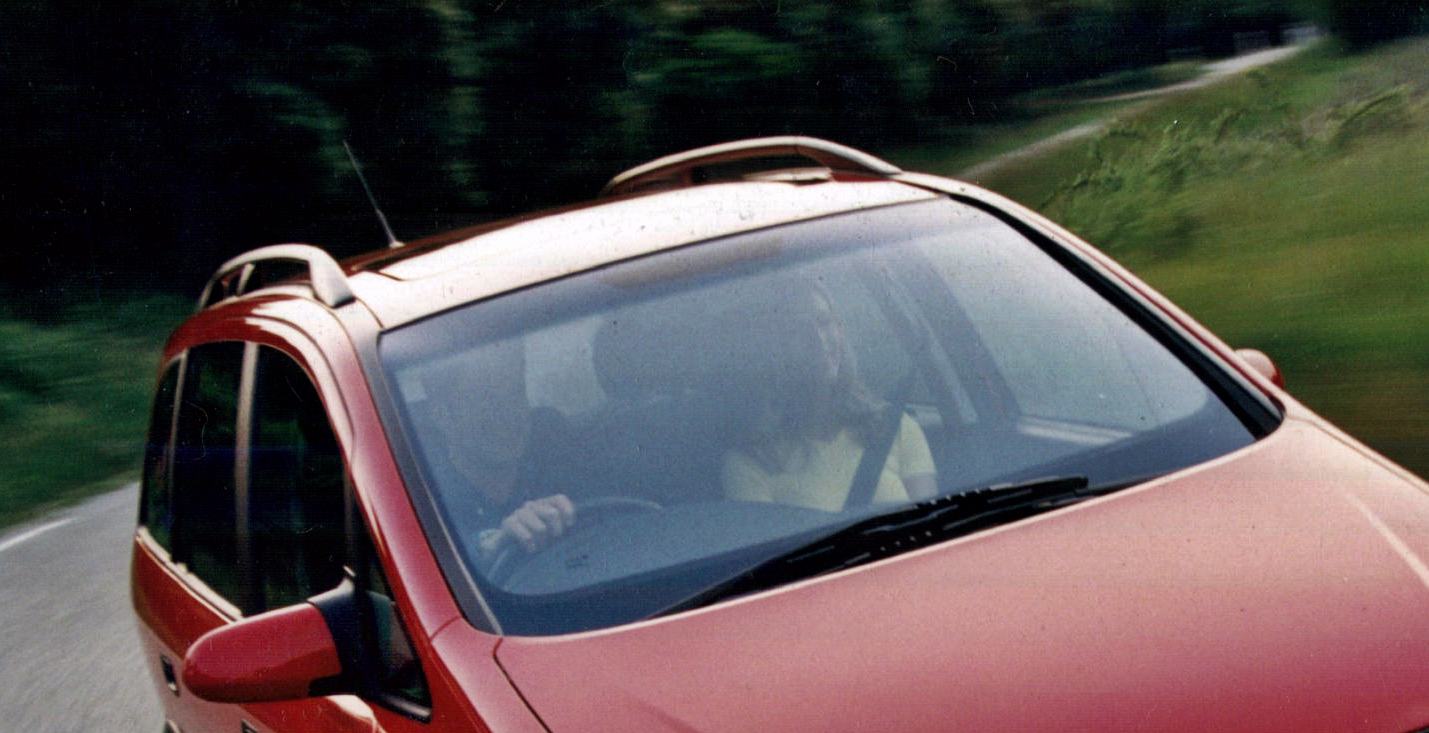The JPJ (Road Transport Department) has strict regulations about the level of tinting permitted for films on vehicles. The companies selling new vehicles are aware of these rules and ensure that if they provide tinted film on their vehicles, it will meet the regulations.
The JPJ’s regulations for the minimum VLT (Visible Light Transmission) levels are:
- 70% (transmission of light) for the front windscreen
- 50% for the front side windows
- Unlimited percentage for rear windows and rear windscreen
The JPJ does not test and approve specific brands of tinting films in the market but some advertisements will say ‘JPJ-compliant’. Some advertisements may also claim ‘JPJ-approved’ and mislead the public; even if the films meet the regulations, JPJ has not given any approval.
To ensure compliance by vehicle owners, the JPJ carried out inspections on vehicles during its operations. Additionally, PUSPAKOM, the national vehicle inspection company, also has tests to check on the tinting film on vehicles to determine if they meet the regulations. Most of the vehicles tested by PUSPAKOM are commercial vehicles which are required to be inspected at regular intervals.

Recently, it came to PUSPAKOM’s attention that a well-known tint film brand has been issuing warranty cards that state the film is ‘JPJ-compliant’ but also stamped ‘not compliant with PUSPAKOM’. However, PUSPAKOM does not have its own regulations and uses only those set by the JPJ when measuring the VLT.
PUSPAKOM has come across such a warranty card issued by a company that installed tinting film which was stamped that it was ‘non-compliant’ with PUSPAKOM, suggesting that the standards set by the vehicle inspection company differ from those of the JPJ.“There is no such thing as a ‘PUSPAKOM tint compliance’ standard. We do not set our own rules. We follow the specifications set by the JPJ, and apply them uniformly across all inspections,” he said. Condemning the use of the company’s name to suggest the existence of separate standards or to justify failed inspections due to non-compliant products, he said the statement is misleading and has no basis in fact.
“We will not tolerate the use of our name to deflect accountability. If a vehicle fails inspection, it is because the combined VLT of the vehicle’s glass and the tint film does not meet JPJ requirements,” Encik Mahmood said.

Expanding on the matter, Encik Mahmood said that the glass on virtually all new vehicles come with some degree of tinting already in the glass. This would already affect the VLT level and if tinting film is added, the additional tinting may then reduce the VLT to less than what is permissible – even though the tinting film alone may meet the VLT requirement. “The VLT rating declared on tint film packaging typically assumes that it is applied to clear glass,” he explained.
As an example, if the original windscreen has a VLT of 80%, adding tinting film with a VLT of 70% (which meets the JPJ regulations) would obviously lower the VLT to less than what is permissible. Of course, most films do not have 70% VLT but some may have an amount of tinting which is high and the VLT could drop to 65%, which would fail the PUSPAKOM test.

PUSPAKOM reminds tint film companies and vehicle runners (‘agents who represent vehicle owners) to not mislead the public by misrepresenting the company’s role in vehicle inspections, particularly with regard to window tint compliance. It also cautions the public to be wary of runners who use such misinformation to pressure vehicle owners into removing their tint or to solicit additional payments under the guise of ‘fixing’ inspection issues.
“We urge vehicle owners to report such unethical behaviour and to seek clarification directly from official PUSPAKOM sources. Our inspection process is transparent, consistent, and strictly based on JPJ regulations,” he stressed.
The public can contact the PUSPAKOM Customer Service Centre at 03 5101 7000 for information regarding tint film requirements and other inspection matters.



